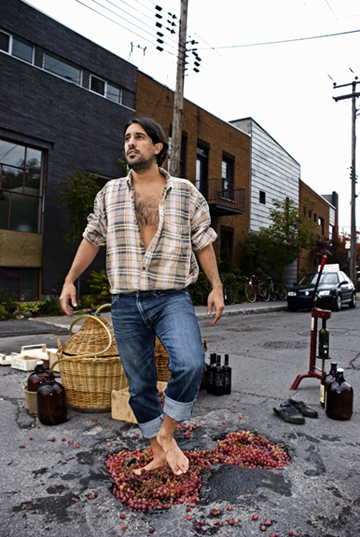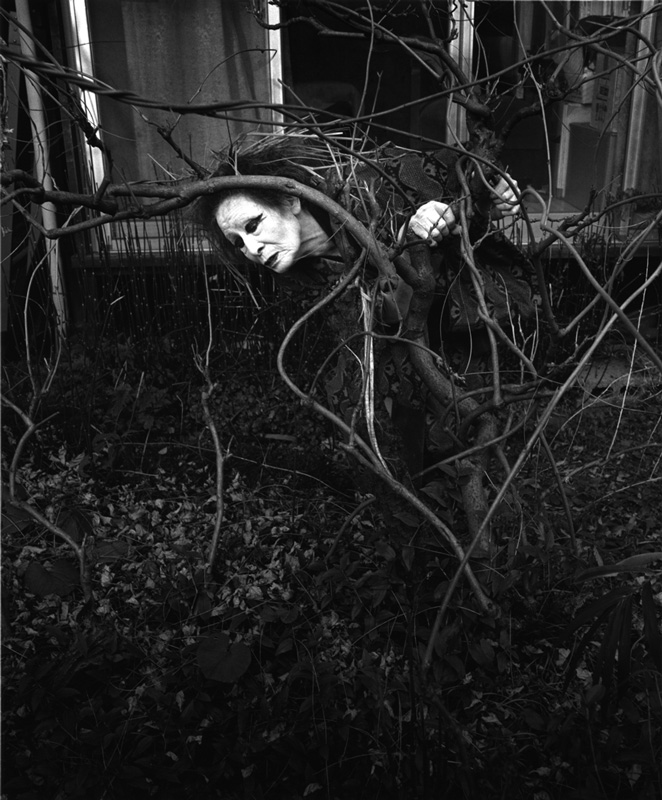I recently attended a 'conversation' at the Fondation Henri Cartier-Bresson in Paris on the impact of blogs on photographic criticism. A hugely disappointing evening on all counts, including an extended discussion of image rights and how many photos it's ok to include in a single blogpost, however one idea did emerge which piqued my interest. André Gunthert an academic specialised in 'visual history' and the founder of the online platform, Culture Visuelle, referred to the fact that academic research in the field of visual studies has been transformed by the availability and accessibility of images through the internet. Gunthert's point, if I remember it correctly, was that disciplines like history of art had quite limited access to images before the internet due to the expense of image rights and the basic difficulty of getting your hands on a decent reproduction. Nowadays papers are presented supported by a healthy stack of images of all kinds for virtually no cost and this has changed the framework of analysis as it provides an essentially infinite comparative potential.
This struck me as an interesting evolution and got me wondering about the impact of websites and photo-blogs on the way that we consume photographic images. One parallel would be the increasing obsolescence of the album as a musical format. Although artists still produce music in this way for the most part, only a small percentage of listeners are likely to listen to an album from start to finish anymore. The album has essentially been replaced by the mixtape, where music is consumed according to a style, mood, or that little iTunes robot that Apple mistakenly decided to call Genius and its ADD-ridden cousin Shuffle.
Something similar has happened to photography when it comes to the online world. With the proliferation of photographer websites, blogs, online webzines and, most of all, facebook posts, photographs get to us in increasingly fragmented ways and as most enthusiasts get their fix through a daily mix of all of the above (with an extra meta-layer courtesy of an RSS reader) this fragmentation just tends to get compounded. The most extreme example of this in my experience is probably Tumblr where 'following' 50 or so tumblelogs leads to a never-ending stream of single images for you to like, reblog, or simply choke on.
There are limits to the comparison of course as these online media don't just shuffle images into a random order and we still tend to consume photographs in a more-or-less intended sequence. However, although they remain essential, it does seem that photobooks and exhibitions represent a steadily decreasing slice of the photographic pie.
So what impact is this all having on photography? On the positive side, we could hope to see new connections being made between photographers and groups of work that may be geographically remote but linked through their approach or their subject matter. I think it is also safe to say that it is a lot easier nowadays to get a more general sense of what is happening in photography around the globe. At the risk of stating the obvious, on the negative side we are all at risk of drowning in a sea of images from which it is very difficult for anything to stand out for more than a brief moment.
From my perspective, I find it quite difficult to identify any major trends emerging from the chaotic growth of photography online. In terms of blogs, I think that posts involving an image or two and a 'thumbs-up'-style comment linking to the photographer's site are on the decline and are being replaced by a cluster of interesting hubs with some kind of dominant flavour which you can count on for a little stimulation. Following on from Andy's discussion on whether Facebook is replacing photo-blogs, despite the astonishing explosion on that platform in recent months, I certainly hope not, as Facebook is a pretty inflexible and ugly way for presenting photographs. Apart from resurrecting old work and giving it a new audience (cf. American Suburb X) one of the only positives I have seen on Facebook is Blake's example of Craig Hickman who has been posting photos at a daily rate on his Facebook wall from his series Fictional Photographs. This strikes me as a genuinely new way of building and disseminating a series of photographs.
To return to my earlier analogy, it could be interesting to see photography going the way of music where the mega-stars of the 1960-2000 years have been replaced by an incredible range of cross-bred music of every imaginable form and provenance, and where it is fairly easy to completely ignore anything overly commercial or mass-produced. That world may be some people's idea of hell, but I'd definitely be keen to pay it a visit.








